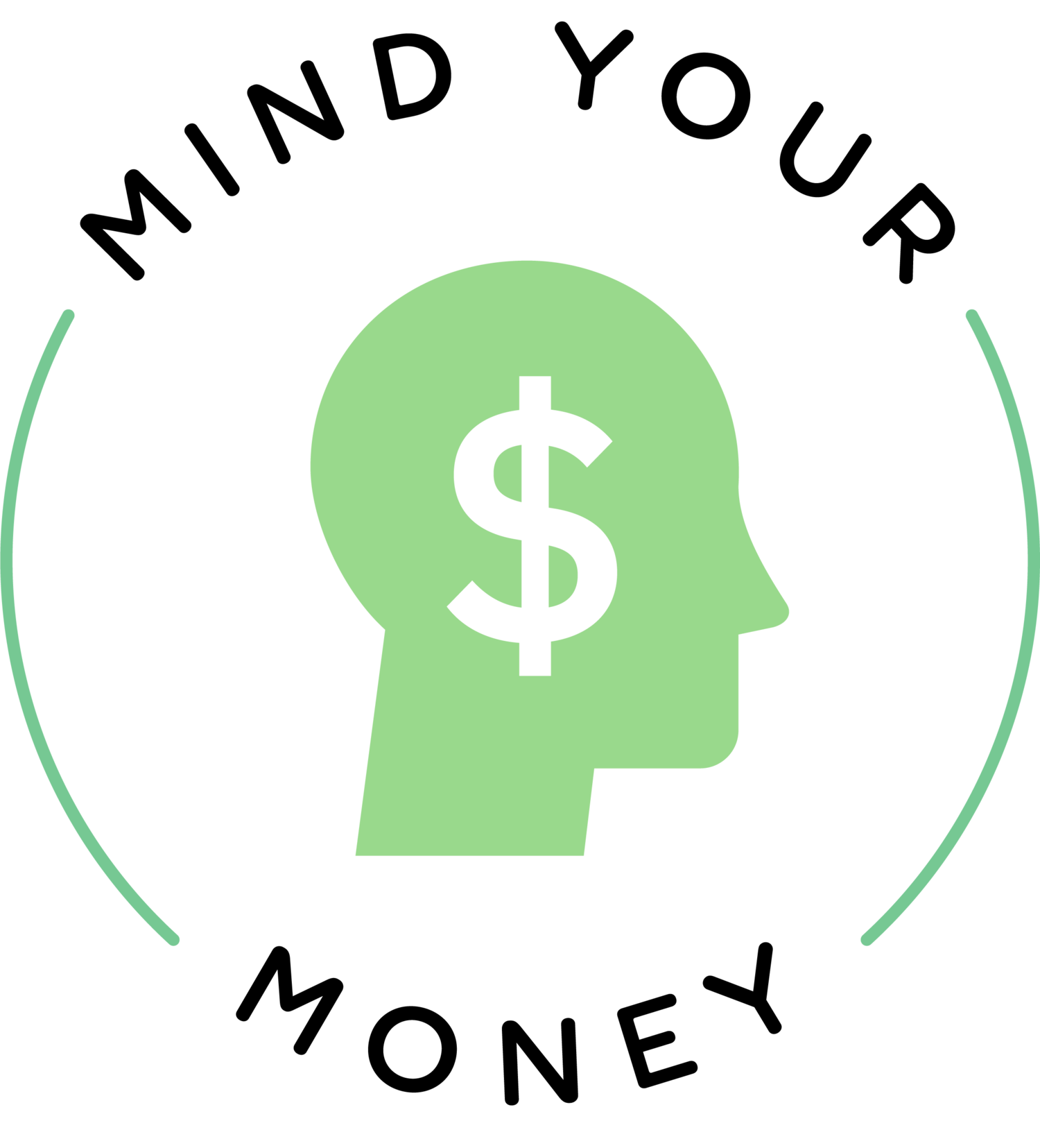Credit Card Series: What Happens When You Swipe A Credit Card?
On the surface level, credit cards seem quite simple. Unlike cash, they are reusable and don’t require much effort on the consumer’s part. At a grocery store, instead of counting out dollars and fumbling around with change, you can just swipe a piece of plastic in a machine and leave with your food. As simplistic and everyday as it seems, the process behind it is a bit complicated. When you swipe a credit card, you are giving your card information and identification details to the scanner. Then, these details are transferred to the acquirer bank, which would be the store’s financial institution that manages debit/credit card payments. The acquirer then moves the account and payment details to your credit card issuer for authorization. If you have enough credit available on your card, you are approved and good to go. Some common credit card issuers are Visa, Mastercard, American Express, and Discover.
So when do you actually end up paying?
Your credit card issuer gives you a set amount of money that you can use, called a credit limit. As you spend over the course of a billing period, credit is subtracted from your original balance. Then, at the end of the billing cycle, you receive a statement with all your transactions. In addition, it includes the balance before and after the cycle and the due date to make the minimum payment by. If you pay the whole bill anytime before the due date, no interest will be charged. However, if you don’t, the amount carries and you will be charged interest. Either way, whatever you bought during the billing cycle does have to be paid for at some point.

